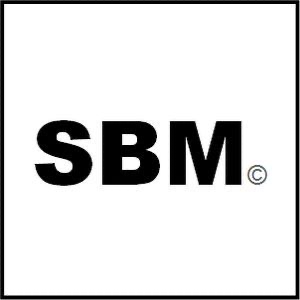To design a logo is a pivotal step in establishing your business’s brand identity. A well-crafted logo not only distinguishes your company from competitors but also fosters a memorable connection with your audience.
Here’s a comprehensive guide to creating a logo that effectively embodies your brand:
1. Define Your Brand Identity
Before delving into design, it’s essential to have a clear understanding of your brand’s core values, mission, and target audience. Reflect on questions such as:
- What inspired the creation of your business?
- What principles and mission drive your brand?
- Who constitutes your target market?
- What differentiates your brand from others in the industry?
This introspection will guide your design choices, ensuring your logo authentically represents your brand’s personality and resonates with your intended audience.
2. Seek Inspiration
Gathering inspiration is a crucial step in the creative process. Explore logos of other businesses, especially those within your industry, to identify design elements that appeal to you. Platforms like Pinterest, Behance, and Dribbble can serve as valuable resources for discovering diverse logo styles and trends.
3. Choose Your Design Elements
Key components of a logo include typography, color palette, and imagery.
- Typography: Select fonts that align with your brand’s character. For instance, a tech company might opt for modern sans-serif fonts, while a boutique might prefer elegant script fonts.
- Color Palette: Colors evoke emotions and convey messages. Choose colors that reflect your brand’s values and appeal to your target audience. For example, blue often signifies trust and professionalism, making it a popular choice for financial institutions.
- Imagery: Decide whether to incorporate symbols or icons that represent your business. Ensure any imagery used is simple and scalable.

The Super Business Manager logo is a simple, transparent, black and white logo that encompasses everything that I associate this website with – applying effective business solutions that work. By having managerial knowledge and skills we can not only manage our businesses better, but we can also manage our lives better. This logo is trendy and memorable too. Many other world’s leading business media are using black and white designs these days – Bloomberg, Harvard Business Review or The New York Times.
4. Utilize Design Tools
Various tools can assist you in creating a professional logo:
- Adobe Express: Offers customizable templates and design elements suitable for users at all skill levels.
- Canva: Provides a user-friendly interface with a vast library of templates and design assets.
- AI Magicx: An AI-powered platform that simplifies the design process, enabling the creation of unique logos efficiently.
5. Test Your Logo Across Platforms
Once you’ve designed a logo, assess its appearance across various mediums, including websites, social media profiles, business cards, and merchandise. This ensures your logo maintains its integrity and effectiveness regardless of where it’s displayed.
6. Seek Feedback and Refine
Share your logo with trusted individuals—such as friends, family, or potential customers—to gather constructive feedback. Use their insights to refine your design, ensuring it aligns with your brand identity and appeals to your target audience.
7. Consider Professional Assistance
If you encounter challenges during the design process or desire a more tailored logo, consulting with a professional designer can be beneficial. Experienced designers can translate your brand identity into a visual representation that effectively communicates your message.
In conclusion, crafting a logo is a thoughtful process that requires a deep understanding of your brand and audience. By following these steps, you can create a logo that not only stands out but also encapsulates the essence of your business, fostering a lasting impression on your customers.
 Articles: 1,432 · Readers: 748,000 · Views: 2,231,258
Articles: 1,432 · Readers: 748,000 · Views: 2,231,258 